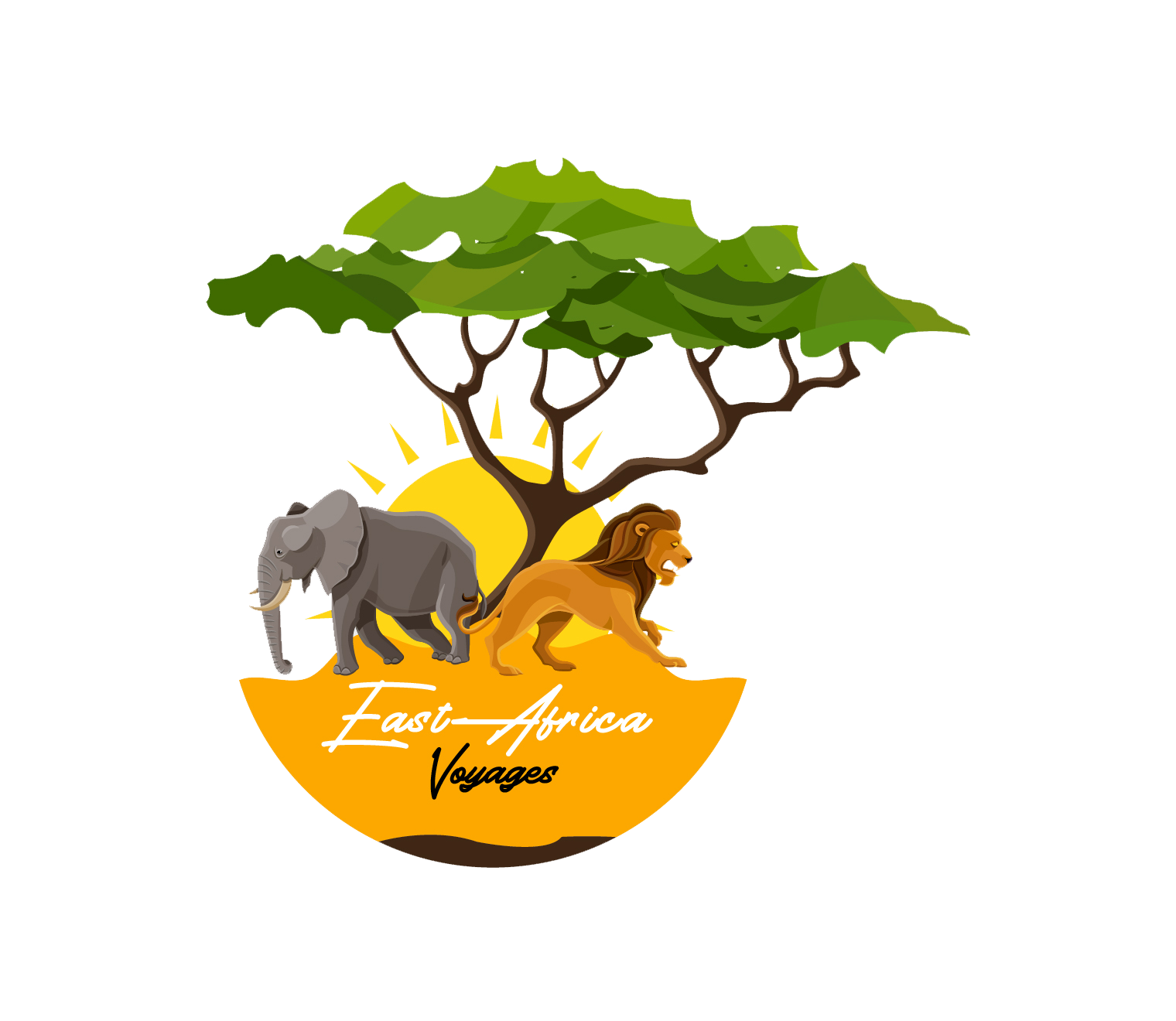Rwanda is set to host the regional headquarters of Wildlife Conservation Society (WCS) following a presidential order signed by President Paul Kagame and issued in the national gazette.
Founded in 1895, Wildlife Conservation Society is an NGO with headquarters in New York with the aim to conserve the world’s largest wildlife and wild places in 14 priority regions home to more than 50 percent of the world’s biodiversity.
Commenting on the move, Michel Masozera, the Director of Policy and Institutional Partnerships for Africa at WCS in Rwanda told The New Times that the country will continue to benefit from more conservation financing windows.
“Now in partnership with the Ministry of Environment we are designing a $38 million (Rwf38.4 billion) project that could promote conservation around three national parks. If successful, the project implementation will take five years. We shall hopefully conclude the designs by March this year,” he said.
He said that Green Climate Fund (GCF) – a global fund established under the framework of the UNFCCC as an operating entity of the Financial Mechanism to assist developing countries – has approved the concept and awarded the ministry of environment an amount totaling to $547,455 to prepare a full proposal to be submitted to this fund by the beginning this year.
The conservation and climate resilient project dubbed “Building Resilience of Vulnerable Communities to Climate Variability in Rwanda’s Congo Nile Divide through Forest and Landscape Restoration” will be implemented around Volcano National Park, Gishwati-Mukura national park and Nyungwe National Park.
Volcanoes National Park with an area of 160 km² in north-west Rwanda, Nyungwe National Park with an area of 1,019 km² in south-west Rwanda, Gishwati-Mukura National Park with an area of 35.6km2 which contain the country’s only remaining montane forests and protected areas that cover about 10 percent of the country’s area together if Akagera National Park is added.
In December, a cabinet meeting approved the request to nominate Nyungwe National Park as a UNESCO World Heritage site.
Gishwati-Mukura landscape has already been recognized internationally after being designated a UNESCO biosphere reserve while Volcano National Park known for its mountain gorillas was designated as biosphere reserve many years ago.
The park which is worth $4.8 billion value feeds two of the world’s largest rivers – the Congo and Nile rivers, – and it is the source of at least 70 per cent of Rwanda’s freshwater.
“These forests are critical to Rwanda. They regulate the country’s climate by capturing and creating rainfall, thereby supporting Rwanda’s rain-fed agriculture; they recharge aquifers, regulate water flow, control flooding, retain soil, provide wood fuel energy and timber, underpin the country’s tourism,” he said.
Through the project, communities will be supported to create income generating businesses such as beekeeping and craftsmanship as well as reforestation among others, he said.
Located in the Congo-Nile Divide (CND), an area of 4,446 km² that separates the drainage basins of the Congo and Nile rivers, he explained that these ecosystem services are vital as weather patterns become more unpredictable and extreme, rendering more than 2.3 million smallholder farmers and rural citizens in the these basins exposed to economic shocks and natural disasters.
The goal of the program, he said, is to increase climate resilience of vulnerable rural communities in the CND by building capacity for integrated landscape planning and management, restoring forests and landscapes, and reducing demand for fuel wood by promoting fuel-efficient cook stoves.
300,000 direct beneficiaries
Over 300,000 of the most vulnerable residents, he said, could have increased climate resilience and adaptive capacity through reduced exposure to flash floods, landslides, and soil erosion, which will also increase their crop productivity.
Fifty-six percent of direct beneficiaries, he noted, will be women adding 1.3 million indirect beneficiaries will receive co-benefits from improved and more sustained ecosystem services, including decreased sedimentation leading to improved water quality downstream and increased hydropower generation.
He added that 103,200 ha of critical intact natural forests will be under improved management for climate resilience, and 6,870 ha of degraded natural forests will be restored.
Through the project, he said, 187,000 of the most vulnerable smallholder farmers, including women-headed households will have increased resilience of agricultural production and livelihoods through increasing on-farm tree cover and access to fuel efficient cook stoves.
Source:new times









